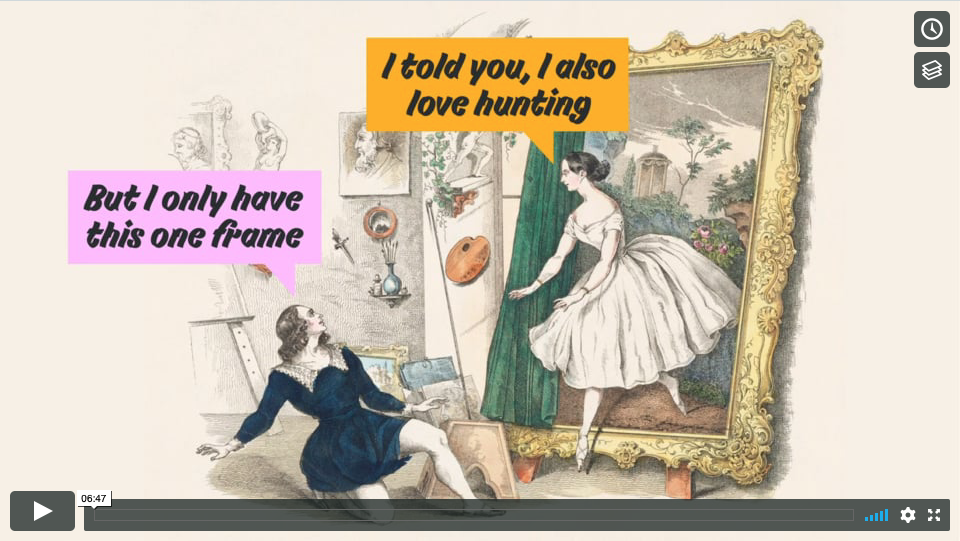PechaKucha Presentation I've been reflecting on my role in the use and abuse of evidence — in the past as a radio producer and more recently as a writer in a design research company. Storytelling is held aloft as something businesses need to do more of — and be better at — but often the narratives...

